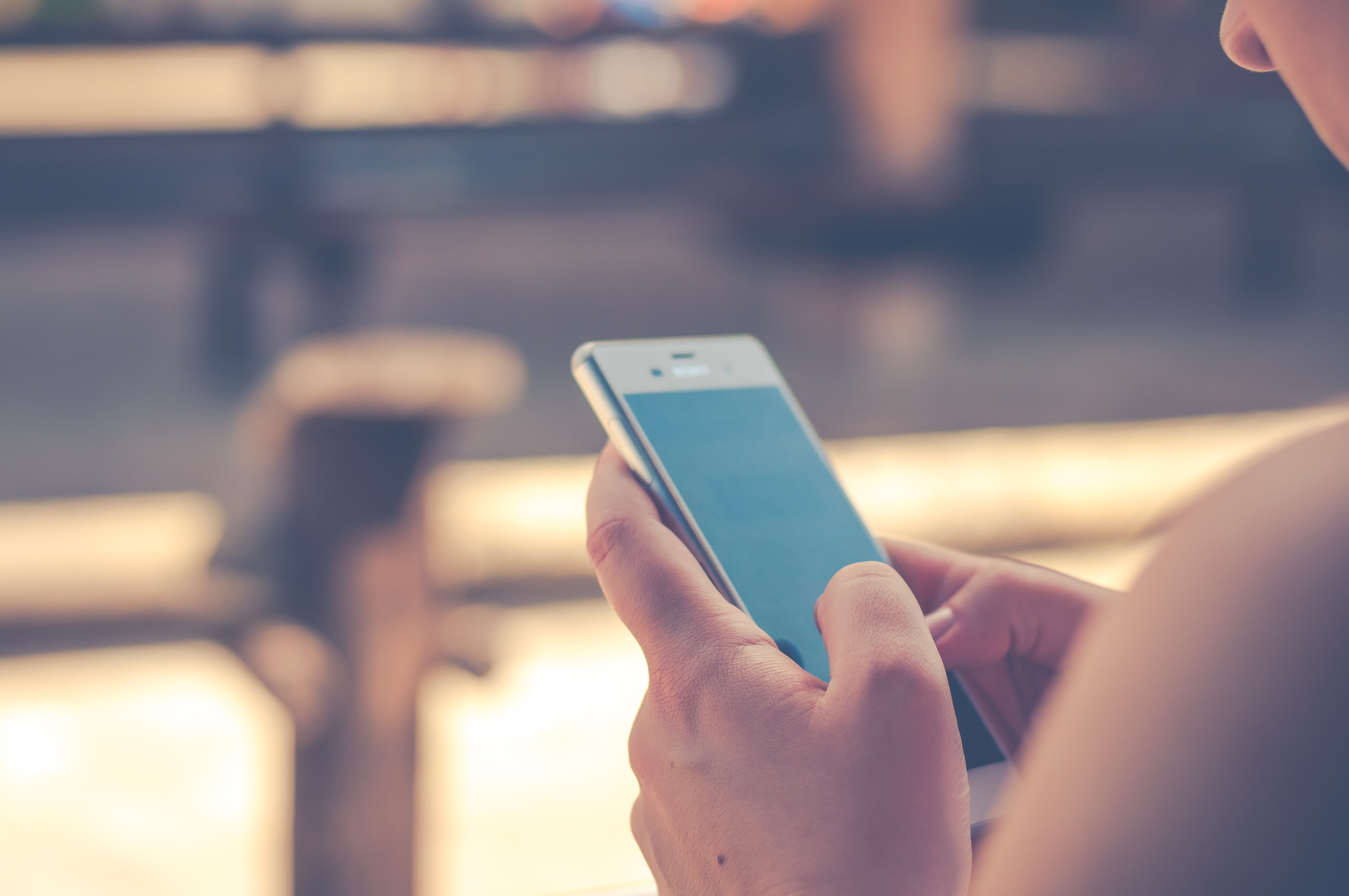 Professionals often complain about the lack of communication with co-workers, bosses or clients that could be remedied easily with a simple “quick click” solution: a confirmation. Technology allows you to quickly respond via text, email, or instant messaging.
Professionals often complain about the lack of communication with co-workers, bosses or clients that could be remedied easily with a simple “quick click” solution: a confirmation. Technology allows you to quickly respond via text, email, or instant messaging.
All it requires is the addition of one sentence to your communication: Please confirm that you received this (fill in the blank…information/proposal).
Of course your computer or mobile device will let you know when a message is delivered. That’s a good start. It’s not enough. Just because it was delivered doesn’t mean it was opened or even read. Instead of hoping that the recipient will let you know, ask for confirmation instead.
Here’s an example: You receive an inquiry from a prospective client who is interested in doing business with you. This prospect requests additional information and a proposal with pricing. When you send the proposal, don’t assume that the prospect will let you know that it’s been received. At the end of the message, make a request: “Please let me know that you received this proposal, and if you need any clarification.”
Now let’s turn things around. Let’s say that you’re the person doing the requesting. Let the sender know – with a simple electronic confirmation – that you have received the information. “Thanks for your quick response to my request. The proposal looks good. I will contact you after our committee reviews it and makes a decision.”
Then…and here comes the hard part…do what you said you would do. Get back in touch with the sender. Provide an update. Don’t play phone tag or – worse – avoid the sender. There is nothing more frustrating or than submitting information and being avoided by the person who requested it.
According to the summary of an email statistics report conducted by The Radicati Group, Inc., the number of emails received daily, worldwide, in 2015 was 2.6 billion, which is anticipated to increase by 2019 to 2.9 billion.
Worldwide daily texting totals about 20 billion today. Less than half come from the United States. The Pew Research Center, in 2015, issued results of a study, the American Trends Panel, analyzing U.S. smartphone use. In every age group, from 18 to over 50, 92%+ use their smartphones for texting, compared to a lower percentage, 87-91%, who use their smartphones for emails. These numbers are continuing to grow, and so will the number of electronic messages that fall between the cracks. That means you must work harder to ensure that communication remains active and open.
Use technology to remain connected, whether you are the person requesting information or the person responding to a request. It only takes a second or two to request or give a simple confirmation that will keep the lines of communication open.
